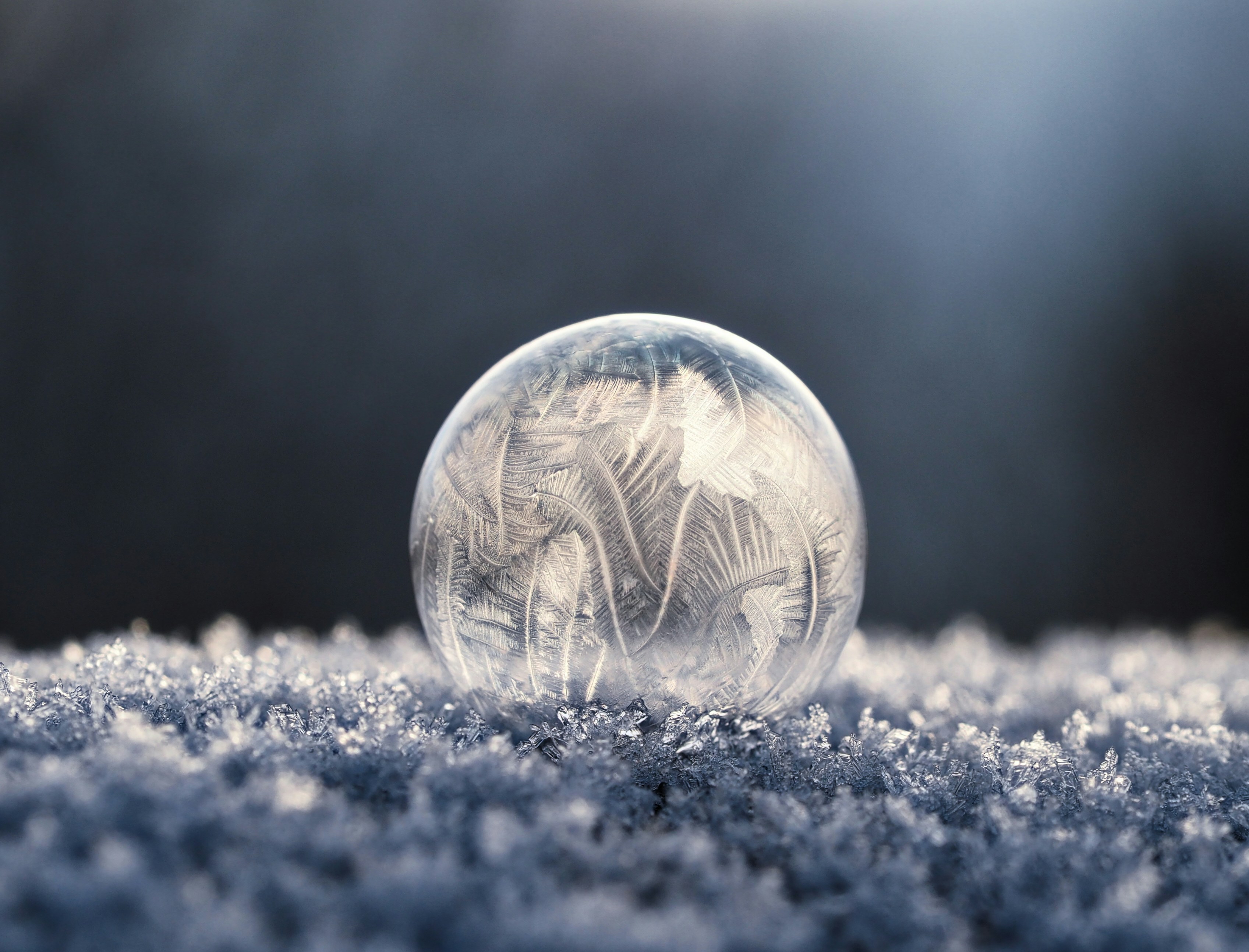Have you ever wondered why some people can enjoy a chilly dip in icy waters without a second thought, while others shiver at the mere idea? How does exposure to cold temperatures actually impact our body’s ability to produce heat, a process known as thermogenesis? Understanding the relationship between cold exposure and thermogenesis can provide fascinating insights into how our bodies adapt to extreme conditions and maintain energy balance.
Understanding Thermogenesis
Thermogenesis is a metabolic process by which your body produces heat. It becomes especially crucial when you’re exposed to cold environments, as it helps maintain your core temperature. Broadly, thermogenesis can be classified into two types: basal and adaptive. Basal thermogenesis happens at rest and accounts for the majority of the calories burned just to keep you alive. Adaptive thermogenesis, on the other hand, refers to how your energy expenditure adjusts in response to changes in the environment, such as temperature changes.
The Science of Thermogenesis
Thermogenesis involves several physiological mechanisms. It includes shivering, a well-known method your body employs to warm itself by rapid muscle contractions. However, non-shivering thermogenesis, occurring primarily in brown adipose tissue (BAT), is equally important. This process doesn’t rely on muscle activity but instead converts energy into heat via biochemical pathways. BAT is abundant in mitochondria, giving it the ability to generate heat. Interestingly, BAT activity is more pronounced in colder climates and is pivotal in whole-body energy expenditure.
Table: Types of Thermogenesis
| Type | Description |
|---|---|
| Basal Thermogenesis | Energy expended at rest to maintain vital bodily functions. |
| Adaptive Thermogenesis | Energy expenditure that adjusts in response to environmental changes. |
| Shivering Thermogenesis | Heat production through rapid, involuntary muscle contractions. |
| Non-Shivering Thermogenesis | Heat production in brown adipose tissue independent of muscle activity. |
The Role of Brown Adipose Tissue (BAT)
Brown adipose tissue is a key player in non-shivering thermogenesis. Unlike white fat, which stores energy, BAT actively burns calories to generate heat, contributing significantly to thermogenesis. Its distinctive brown color comes from the high concentration of mitochondria, the powerhouse of the cell, which contains iron, thus aiding in heat production.
Activation of Brown Adipose Tissue
The activation of BAT is a fascinating process primarily triggered by cold exposure. When you’re exposed to cold, norepinephrine is released by the sympathetic nervous system, stimulating brown fat cells. This stimulation leads to the activation of a protein called uncoupling protein 1 (UCP1), which discharges the proton gradient in mitochondria, releasing energy as heat instead of storing it as ATP (adenosine triphosphate).
Health Benefits of BAT Activation
Engaging in activities that stimulate BAT may have several health benefits. Increased brown fat activity has been linked to improvements in metabolic health, including better glucose regulation and increased insulin sensitivity. These processes help combat obesity and metabolic diseases, highlighting BAT’s potential as a therapeutic target for metabolic disorders.
Cold Exposure: The Catalyst for Thermogenesis
Cold exposure is like sprint training for your thermal control system. Regular exposure to cold environments can not only prepare you to withstand lower temperatures without discomfort but may also enhance your body’s energy expenditure through improved thermogenesis.
Mechanisms of Cold-Induced Thermogenesis
When you are exposed to cold temperatures, several physiological changes occur to maintain warmth. Initially, you’ll experience vasoconstriction, reducing blood flow to the skin to minimize heat loss. Over time, with continuous exposure, the body adapts by enhancing the thermogenic capacity of BAT, increasing metabolic rate, and mobilizing free fatty acids for heat production.
Adapting to Cold: An Evolutionary Perspective
Human adaptation to cold environments is a testament to our evolutionary ingenuity. Historically, our ancestors survived harsh climates not only by bundling up or seeking shelter but by biological adaptations that heightened their thermogenic response. Today, modern conveniences have lessened our need for such evolutionary traits, yet they underscore the body’s potential for remarkable feats of thermogenesis.
Health Perks of Cold Exposure
While the initial trepidation of cold exposure might make you shudder, understanding its numerous health benefits could warm you to the idea. From metabolic improvement to reduced inflammation, exposing your body to cold temperatures can be a boon for health, provided it’s practiced safely and effectively.
Enhanced Metabolic Rate
One of the most significant effects of cold exposure is an enhanced metabolic rate. By stimulating thermogenic processes, particularly in BAT, cold exposure increases overall energy expenditure, which can support weight management efforts. While it’s no substitute for healthy eating and exercise, it can be an adjunct to a balanced lifestyle.
Boosted Immune Function
Cold exposure may give your immune system a beneficial jolt. Research suggests that regular exposure to the cold could enhance the production of immune cells, helping fend off infections more effectively. Cold-water immersion, for instance, has been associated with an increase in the production of antioxidant and anti-inflammatory molecules.
Elevated Mood and Mental Clarity
If the thought of plunging into a cold lake raises your spirits, there’s scientific reasoning behind that sensation. Cold exposure stimulates the release of endorphins, also known as “happy hormones,” potentially lifting your mood and providing a mental clarity akin to the refreshing feeling of a brisk walk in crisp air. The practice might even mitigate symptoms of depression and anxiety.
It’s All in the Cold: Practical Approaches
If you’ve decided to incorporate cold exposure into your routine, it’s essential to adopt practices that enhance benefits while minimizing risks. With the right approaches, whether you prefer a chilled shower or adventurous ice swimming, you can safely embrace the cold for well-being.
Cold Showers
An accessible introduction to cold exposure is the humble cold shower. Starting with warm water and gradually reducing the temperature can help acclimate your body. Even 30 seconds of cold water at the end of a shower can invigorate and stimulate thermogenesis.
Ice Baths and Cold Water Swimming
For a more intense experience, you might consider ice baths or cold water swimming. These activities require careful preparation and should be gradually introduced. Ice baths particularly benefit athletes by reducing muscle soreness and speeding recovery, while cold water swimming provides both physical and mental challenges.
Winter Sports and Outdoor Activities
Engaging in winter sports like skiing, snowboarding, or simply hiking in cold conditions can naturally stimulate thermogenesis. These activities not only promote physical fitness but also ensure sustained exposure to cold environments, enhancing your body’s acclimatization processes.
Balancing Cold Exposure: Safety First
While cold exposure presents several benefits, it’s paramount to balance these with safety considerations. Preemptive measures can help you harness cold exposure’s perks without compromising your wellbeing.
Recognizing the Signs of Hypothermia
Understanding the limits of your body’s response to cold is vital. Hypothermia is a dangerous condition that occurs when your body loses heat faster than it can produce it, leading to a drop in core temperature. Symptoms include shivering, slurred speech, slow breathing, fatigue, and confusion. If you suspect hypothermia, it’s crucial to move to a warmer environment and seek medical attention.
Layering and Thermal Wear
Dressing appropriately helps in maintaining optimal body temperature and preventing prolonged cold exposure from evolving into a health risk. Layers trap body heat, and though counterintuitive when aiming for cold exposure, it’s essential to have suitable thermal wear readily available.

FAQs About Cold Exposure and Thermogenesis
Is cold exposure safe for everyone?
While many people can adapt to cold exposure, it may not be suitable for everyone, particularly those with underlying health conditions such as cardiovascular problems. Consulting a healthcare professional before starting any cold exposure regimen is wise.
Can cold exposure aid in weight loss?
Cold exposure might support weight loss efforts by increasing metabolic rate and supporting the activation of brown fat. However, it should be combined with a healthy diet and regular exercise for optimal results.
What is the difference between shivering and non-shivering thermogenesis?
Shivering thermogenesis generates heat through muscle contractions, while non-shivering thermogenesis involves metabolic processes in brown adipose tissue, generating heat without muscle activity.
Conclusion
Cold exposure is not merely a matter of endurance or overcoming discomfort. It taps into deep-seated biological processes that control how efficiently your body burns calories and uses energy. By understanding and judiciously applying cold exposure, you can harness the potential of thermogenesis for improved health, better mood, and a sharper mind. While it might sound like an icy proposition, the benefits make it a worthwhile addition to your personal wellness toolkit.





